Welcome to our fifth year of the Theatre in the Age of Climate Change series! In honor of spring, the season of hope, we’re keeping an eye on two promising US policy proposals: the Green New Deal, spearheaded by Congresswoman Alexandra Ocasio-Cortez, and the Energy Innovation and Carbon Dividend Act, proposed by a bipartisan group of lawmakers and endorsed by Citizens’ Climate Lobby. And, to add to this well of positive energy, HowlRound is featuring some of the most hopeful work being done at the intersection of theatre and climate change. Among my favorite organizations, with innovative and groundbreaking programming, is UK-based Julie’s Bicycle. — Chantal Bilodeau
I joined London-based charity Julie’s Bicycle in September 2013 to work with artists, organizations, policymakers, and funders on embedding environmental thinking and action across cultural activity. For over ten years, Julie’s Bicycle has been supporting the creative community to reduce their impacts and advocate for action on climate change, delivering a rich program of events, training, tools, and freely available resources.
I believe culture is a tool for transformative change—and what better time to transform. Human’s impact on the natural environment—our life support system—has reached a critical stage, threatening to destabilize society and economy. The result: mass involuntary migration, biodiversity collapse, conflict, and famine. The challenge is not confined to climate. In a new report published by UK’s Institute for Public Policy Research, scientists are warning of a potentially deadly combination of factors including climate change, mass loss of species, topsoil erosion, forest felling, and acidifying oceans. And there’s a pretty pressing deadline: according to the Intergovernmental Panel on Climate Change (IPCC), we have just twelve years to limit climate catastrophe.
How do we stay resilient in such challenging times? Where do we draw our strength from and find hope? For me, the answer has been in the myriad exceptional creative communities I have worked with. It comes from the DJ who splices recordings of melting ice, the immersive protest performances of artist-activists, the cultural centers that open their doors to flood victims, and the festivals that allow you to experience a microcosm of sustainable society.

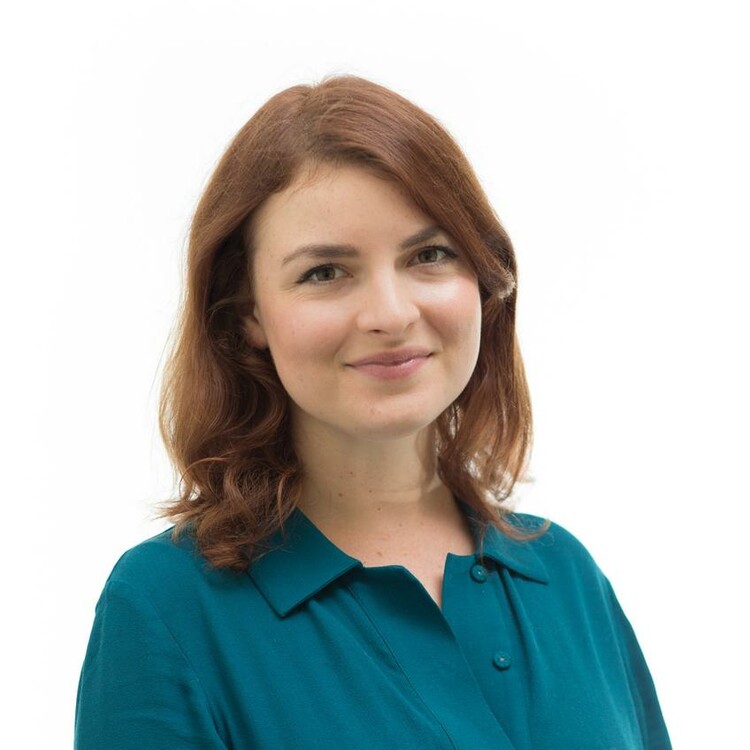
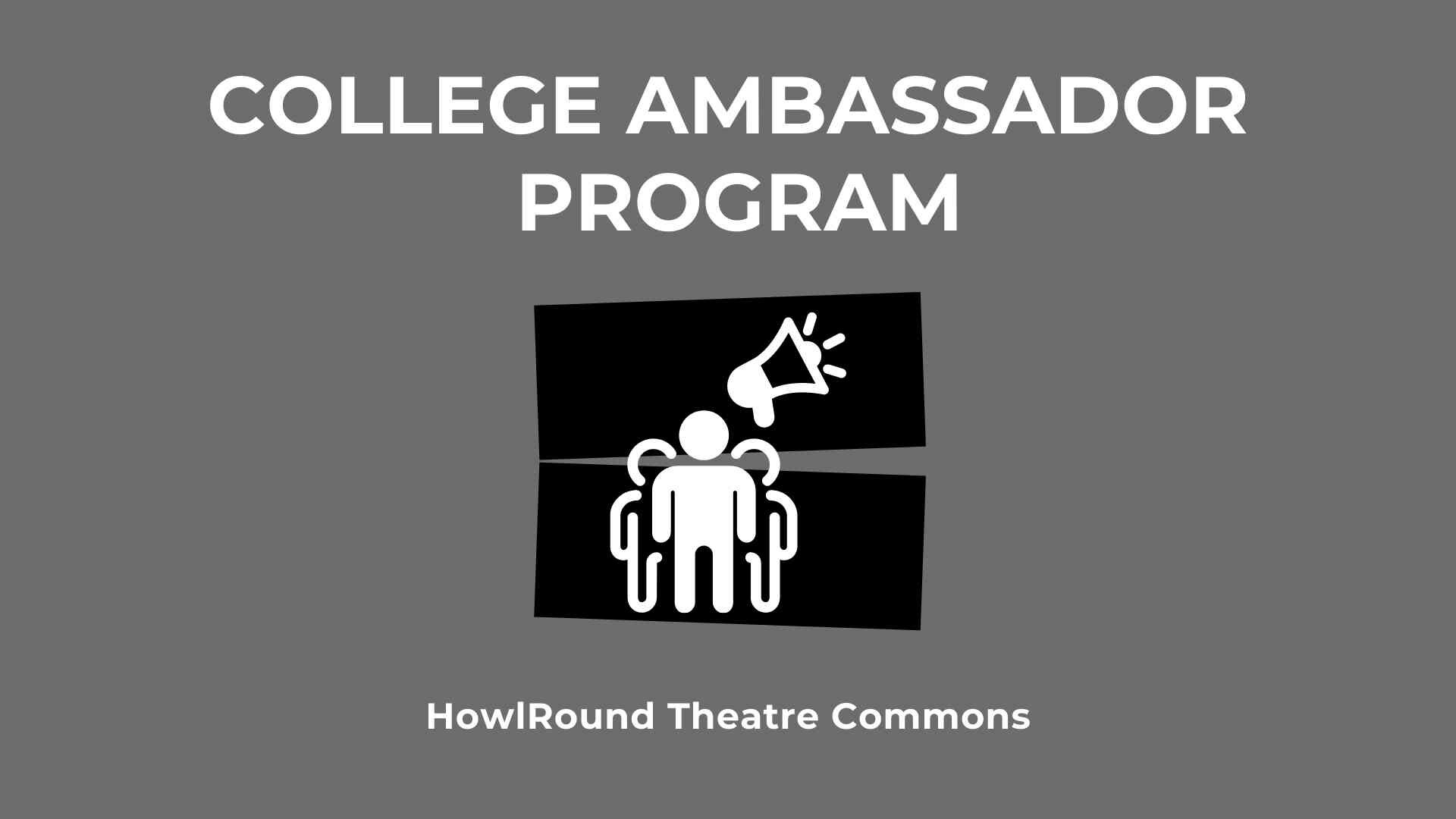
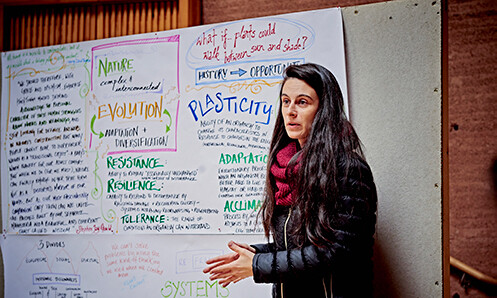

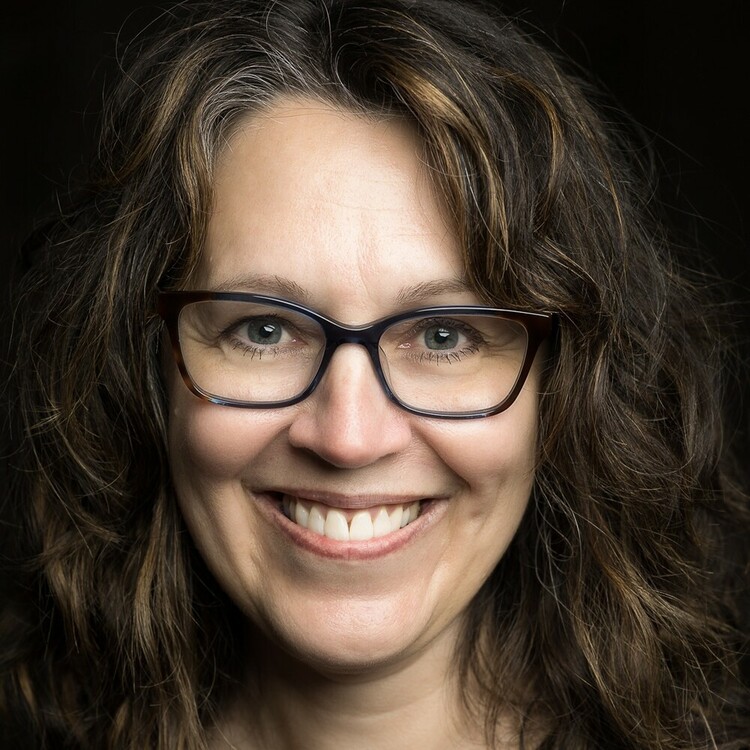




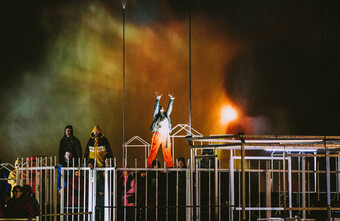

Comments
The article is just the start of the conversation—we want to know what you think about this subject, too! HowlRound is a space for knowledge-sharing, and we welcome spirited, thoughtful, and on-topic dialogue. Find our full comments policy here